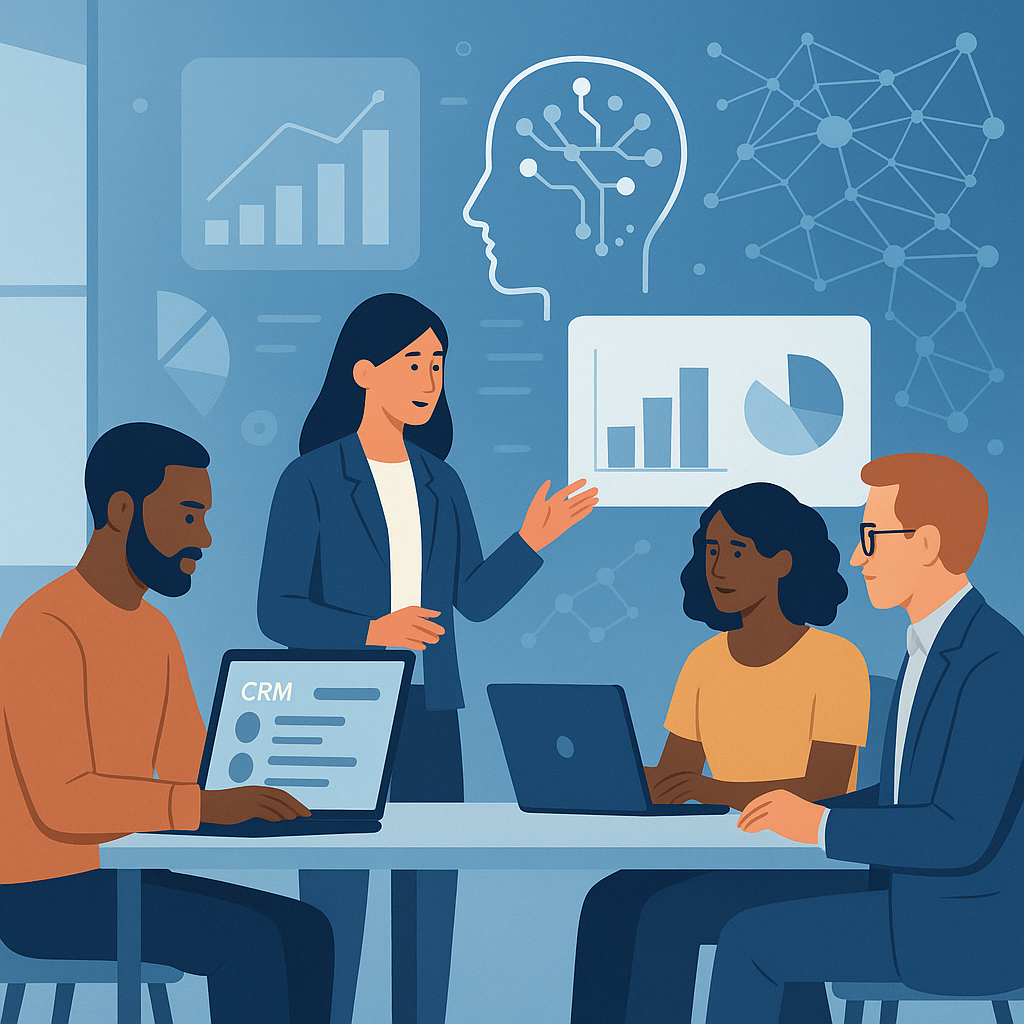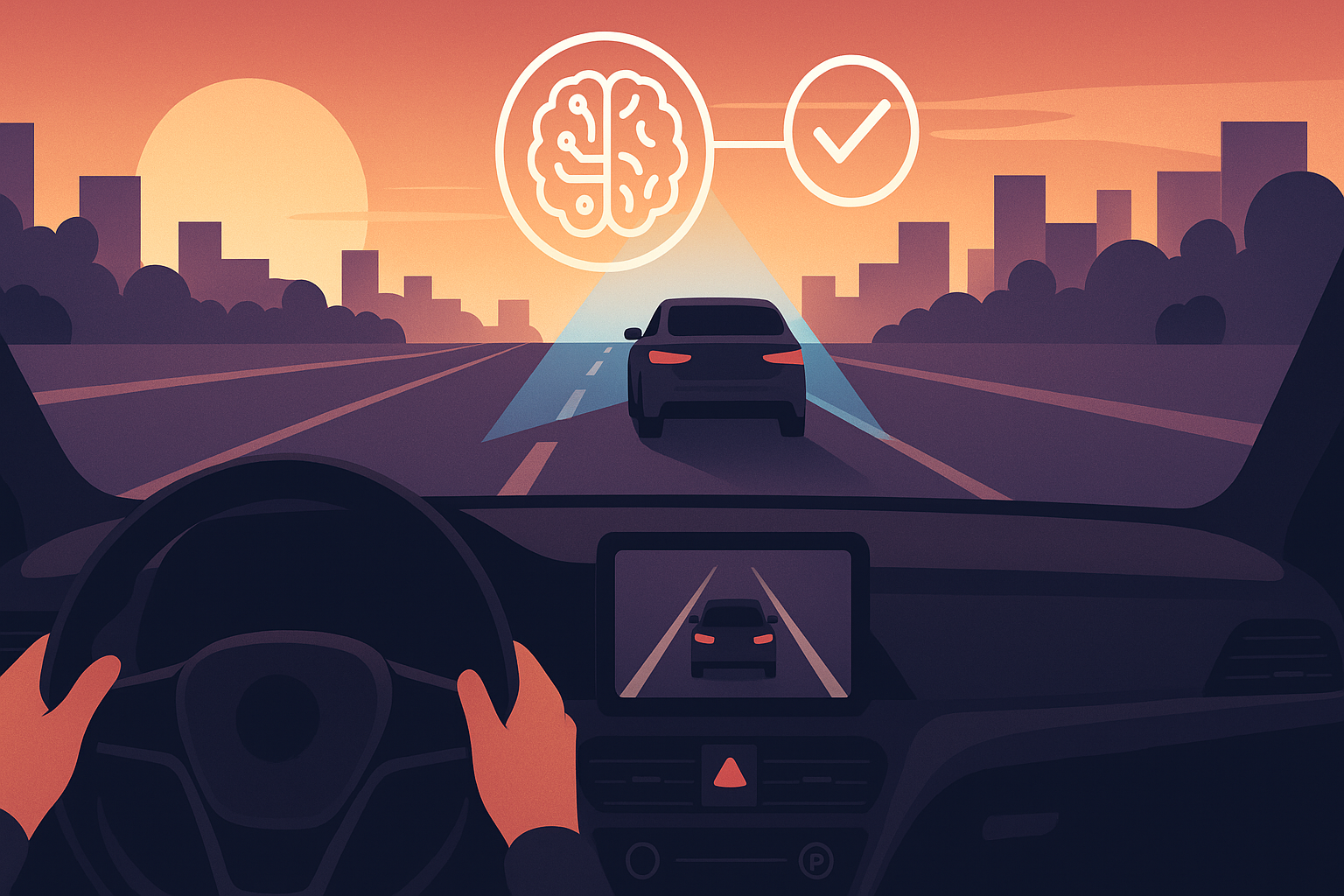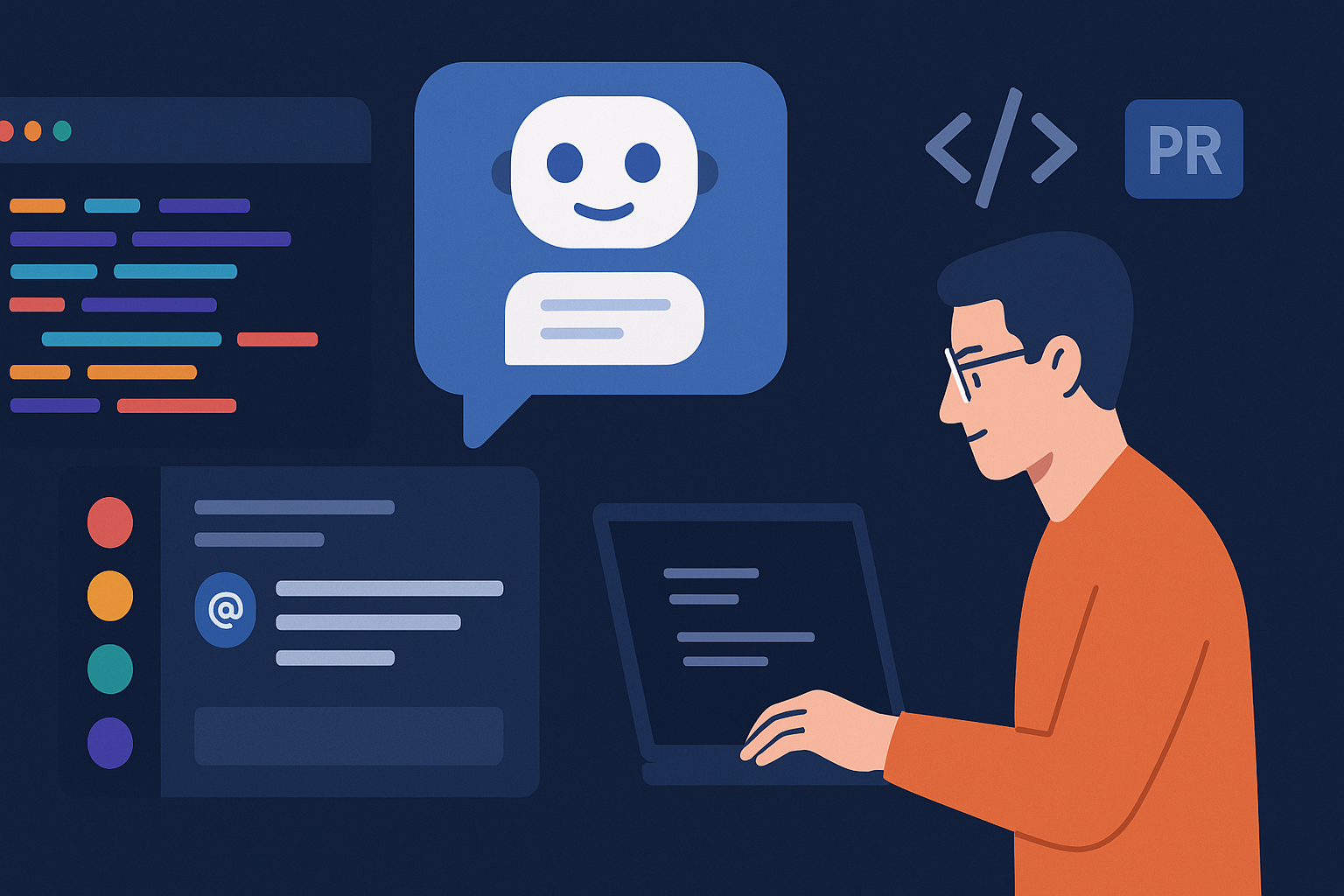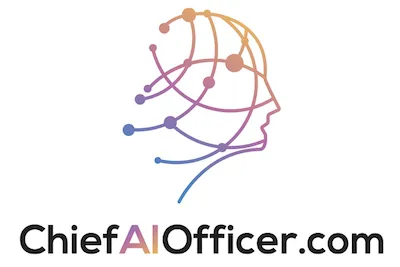What Does “Thinking in AI” Really Mean?
Thinking in AI isn’t about robots taking over. It’s about making AI a natural part of how we already work.
Imagine you’re a marketing expert working on your next big campaign. Instead of just using your gut feeling or looking at last year’s results, you have an AI partner right beside you saying, “Hey, did you notice this group of customers we haven’t reached yet? They’re actually asking for this kind of product!” Armed with this insight, you quickly pivot your strategy to cater to this untapped audience, designing targeted messaging that resonates with their specific needs. As you prepare to launch, you can’t help but wonder about the potential ramifications should anyone catch wind of the leaked AI plan impact on business—especially if competitors try to replicate your newfound approach. This foresight transforms not only your campaign but also sets a precedent for how data-driven decisions can reshape marketing strategies moving forward. With the help of Microsoft Copilot features and benefits, you can analyze customer data more deeply and identify emerging trends that may have gone unnoticed. This powerful tool allows you to tailor your campaign strategies in real-time, ensuring you resonate with new audiences effectively. By leveraging advanced insights, you can optimize your messaging and maximize your return on investment. With this crucial insight, you can pivot your strategy to tap into this new market segment, creating tailored messaging that resonates with their needs. Integrating an AI strategy canvas for businesses allows you to visualize opportunities and align your marketing efforts with data-driven insights, maximizing your campaign’s impact. As a result, you’re not just guessing; you’re strategically engaging a group that’s eager for solutions, enhancing your brand’s relevance and outreach.
It’s like having a sixth sense for data. The AI sees patterns we might miss and connects dots we didn’t even know existed.
This isn’t about AI replacing your skills – it’s about enhancing them. It’s not you playing checkers while AI plays chess. It’s about AI taking your expertise and making it even better.
The Core Principles of Thinking in AI
Integration: Weaving AI Into Your Workflow
The first principle is making AI a natural part of how you work. It’s not about getting reports from a separate AI system. It’s about having AI built into your CRM, your dashboards, and your everyday tools.
This integration means you get those “aha” moments exactly when you need them, not as an afterthought or separate process.
Collaboration: Working With AI, Not Against It
We’re not talking about AI replacing marketers, salespeople, or other professionals. We’re talking about AI as your partner AI can enhance collaboration and drive efficiency, allowing professionals to focus on high-level strategic decisions rather than repetitive tasks. By integrating tools that leverage data analytics and customer insights, businesses can refine their approach to market trends and consumer behaviors. Ultimately, using AI in business strategies will empower teams to unlock new levels of creativity and innovation.
Think of it as having a brainstorming buddy who can process millions of data points in seconds. This collaboration helps you refine campaigns, personalize messages, and discover hidden customer groups you might have missed.
Adaptability: Being Ready to Change
It’s not enough to just use AI. You need to be ready to change your approach based on what it shows you.
AI is constantly learning and evolving, which means we need to as well. Your AI might say, “I know we normally target this group with this message, but I’ve found a much better approach.” You need to be ready to shift gears when the data points in a new direction.
Continuous Improvement: Never Settling
Thinking in AI isn’t about getting everything perfect the first time. It’s about constantly testing, analyzing, and adapting based on what you learn.
It’s like having a business partner who sees both the big picture and those tiny details that could make all the difference.
AI Across Every Department
The beauty of thinking in AI is that it’s not just for tech companies or data scientists. It’s relevant for every industry and every department
Sales: Personalized Connections
If you’re in sales, imagine having a CRM that doesn’t just track leads but actually helps you figure out the best way to talk to each person.
It’s like having a chess master whispering in your ear: “This customer is showing these buying signals, so here are the three best ways to connect with them right now.”
No more generic cold calls. Everything becomes laser-focused, personalized outreach that connects with people on a deeper level.
Marketing: Discovering Hidden Patterns
One company was using AI to improve their recommendation engine – pretty standard stuff. But what they discovered was mind-blowing
The AI found a strong connection between the kind of music someone listened to and how likely they were to buy a specific product. That’s a connection most humans would never have spotted!
This is the power of thinking in AI. It can find non-linear relationships that we wouldn’t even think to look for. These insights can spark new ideas, new approaches, and entirely new product lines.
The Human Side of Thinking in AI
With all this talk about AI, you might be wondering: “What about me? If AI is doing all the thinking, what’s my role?”
That’s a great question. The truth is, thinking in AI isn’t about becoming a tech genius overnight. It’s about adapting your mindset and developing a new way of approaching problems.
Instead of trying to outsmart AI, we’re learning to think with it. It’s like learning a new language or a new way of seeing the world.
Key Skills for the AI-Powered Future
Data Literacy
Being able to understand data and what it’s telling you is crucial. You don’t need to be a statistician, but having a basic grasp of trends and correlations goes a long way.
It’s about learning the ABCs of data so you can understand what the AI is trying to tell you.
Systems Thinking
This is the ability to see the bigger picture – how different parts of a business connect and influence each other.
AI can help us model complex systems, but we need to be able to interpret those models and understand their implications. We’re not just looking at data in isolation; we’re thinking about how everything connects.
FAQ: Thinking in AI
-
What is “thinking in AI”? Thinking in AI means integrating artificial intelligence into your decision-making process. It’s about using AI as a partner that enhances your thinking rather than replacing it.
-
Do I need technical skills to start thinking in AI? No, you don’t need to be a programmer or data scientist. Basic data literacy and systems thinking are more important than technical skills. It’s about changing your mindset more than learning complex technical skills.
-
Will AI replace my job if I start using it? AI isn’t about replacing jobs; it’s about enhancing them. When you think in AI, you’re leveraging technology to handle routine tasks while you focus on higher-level strategy and creative thinking.
-
How can I start implementing AI thinking in my business? Start small by identifying one area where data-driven insights could help. Maybe it’s customer segmentation or product recommendations. Begin with a clear goal, then look for AI tools that can help you achieve it.
-
What industries benefit most from thinking in AI? Every industry can benefit from AI thinking. From healthcare to manufacturing, retail to finance, any field that deals with data, decisions, and customer interactions can be transformed by this approach. AI applications in business are increasingly being utilized to enhance efficiency and improve decision-making processes. For instance, in marketing, AI can analyze consumer behavior to create targeted campaigns that drive engagement and sales. Additionally, the integration of AI in logistics can optimize supply chains, resulting in reduced costs and faster delivery times.
-
How do I know if my AI insights are actually valuable? Test them! The best way to validate AI insights is to implement them on a small scale and measure the results. If they drive better outcomes, you’re on the right track.




